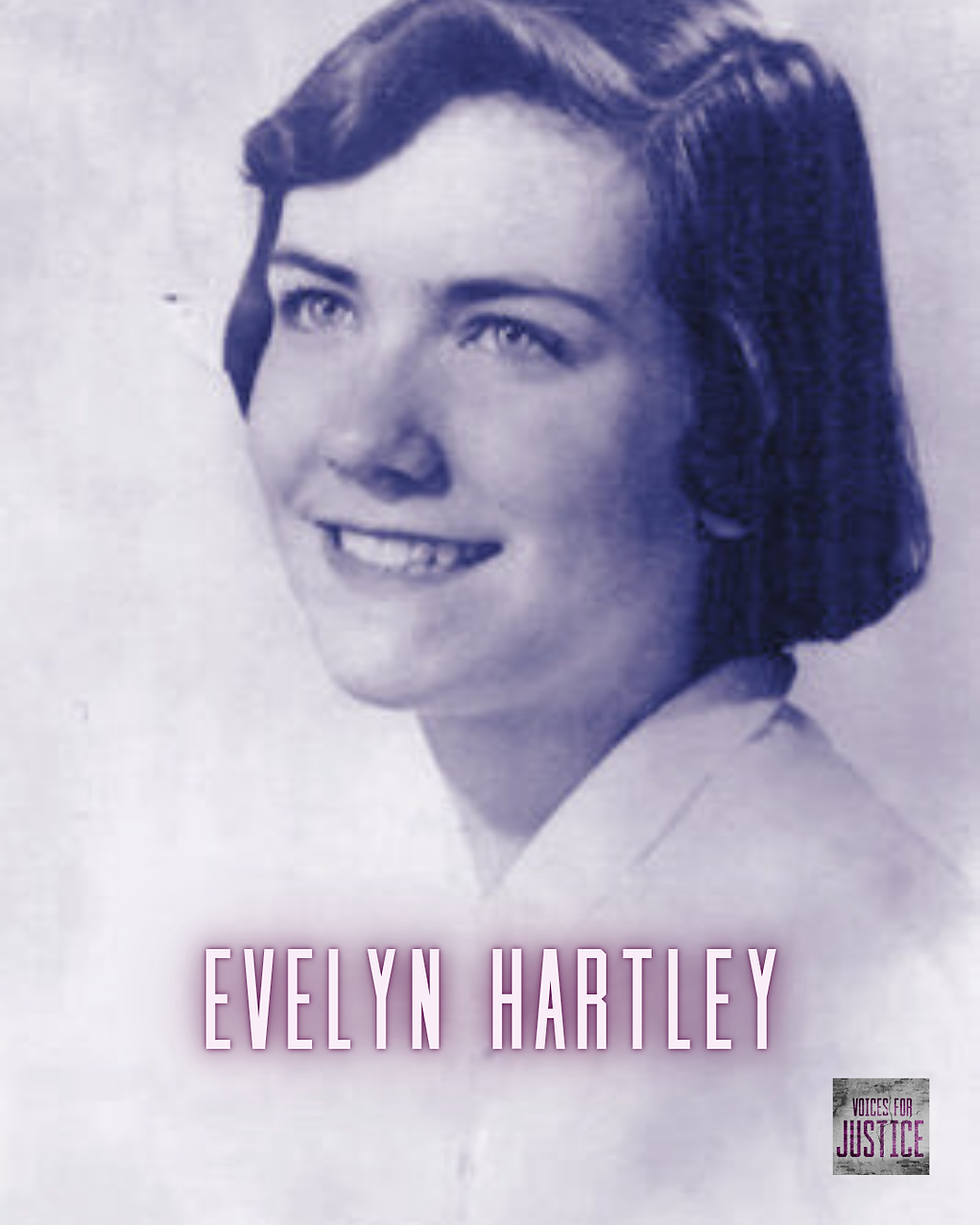The Sodder Children
- Sarah Turney

- Dec 22, 2022
- 2 min read
Listen now:
At around 1:00 am on December 25, 1945, Jennie Sodder woke up to smoke pouring into her bedroom. She woke up her husband, George, and they started evacuating the house of their nine children.
By the time the fire took over the Sodder residence, only Jennie, George, and four of their children made it outside safely.
George and two of his sons frantically tried to get into the house to save the remaining children, but they couldn’t. When George went to fill up a bucket with water to start extinguishing the flames, the water was frozen; when he went to grab their ladder to get his children from the top story, the ladder was missing; when he went to drive his trucks to the second story window, neither would start despite having worked just the day before. And when they tried to call the fire department for help, no one responded for hours.
The only thing the family could do was watch as their burned to the ground.
Hours later, after the smoldering ashes were put out, a group of people began searching for the children’s remains, but nothing was found. Not a single bone was found in the ashes.
The fire was quickly ruled an accident, and investigators told the family the children’s bodies had burned up completely in the fire, leaving nothing of them behind, not even their bones.
But between the mishaps, while trying to put out the fire, threats made against the family before the fire, and the strange behavior of authorities throughout the investigation, Jennie and George Sodder refused to believe five of their children were killed in the home. They were convinced their children didn’t die in the fire, and they spent the rest of their lives trying to prove it.



Sources:
“5 children die in fire at Fayette home.” The Independent-Harold. December 26, 1945.
“5 of 10 children burned to death.” AP. December 26, 1945.
Abbott, Karen. “The children who went up in smoke.” Smithsonian Magazine. December 25, 2012
“Deaths & funerals - George Sodder”. August 17, 1969. Beckley Post-Herald.
Donnelly, Shirley. “Sodders still seek 5 children they lost.” Beckley Post-Herald. January 12, 1963.
Douthat, Strat. “Five faded photographs in Fayette.” AP. May 18, 1975.
Emmett, Michael. “Famous billboard riddled with bullet holes.” The Raleigh Register. August 19, 1976.
Jackson, Niles. “What really happened to children?” Sunday Gazette-Mail. December 22, 1968.
Kady, John T. “Fayetteville fire tragedy remains a mystery after fifteen years.” UPI. December 25, 1960.
Kennedy, Joe. “Missing or dead?” Greensboro News and Record. November 18, 1984.
Lancianese, Adelina. “Their fate: Kidnapped - murdered or are they still alive?” Times West Virginian. November 6, 2016.
“Parents believe youths survived Fayetteville fire.” AP. November 14, 1948.
“Sodder case is dropped by Charleston detective.” Beckley Post-Herald. September 9, 1949.
Staff. “Father begins search of burned home today for children’s bodies.” The Raleigh Register. August 18, 1949.
Stanton, Audrey. “Where are the children?” The Register-Herald. December 24, 2006.
Wilson, Ermel J. “Search for Sodder children renewed, billboard erected at scene of fire.” Beckley Post-Herald. September 11, 1953.
“Wreaths placed on fire victim’s graves.” Beckley Post-Herald. December 27, 1946.
YouTube, BuzzFeed Unsolved, 23 Dec. 2016, https://www.youtube.com/watch?v=z0AKoCMydkc&t=26s. Accessed 26 Dec. 2022.


